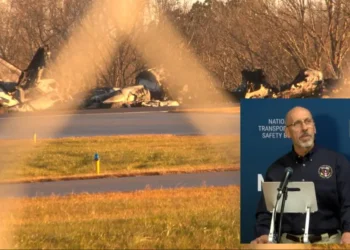Lewis Hamilton from Great Britain driving for Mercedes AMG F1 W15. 08.06.2024. Formula 1 World Championship, Round 9, Canadian Grand Prix, in Montreal, Canada, during Qualifying Day.
Mercedes anticipates that the upcoming Spanish Grand Prix will be a significant challenge to validate the recent advancements made with its 2024 Formula 1 car. After a slow start, the team showcased its competitiveness in dry conditions in Canada, securing pole position and third place with George Russell. Mercedes expressed confidence in its progress, and the new front wing introduced in Monaco helped address previous balance issues. However, Mercedes Technical Director James Allison remains cautious, emphasizing the need to evaluate these improvements on a more conventional track.
Allison believes that the diversity of cornering speeds in Barcelona will be crucial in determining whether Mercedes has truly established itself as a consistent contender. He acknowledges that the operating range of the car has expanded significantly since the addition of developments to the W15. The track conditions in Barcelona, which include varied cornering conditions and higher temperatures, will provide a rigorous test for the vehicle’s performance.
In addition to technical improvements, Allison highlights the importance of drivers managing the tires properly to optimize performance. Lewis Hamilton’s difficulties during qualifying in Canada highlight the challenges drivers face during the out lap. Due to regulations, teams cannot artificially heat the tires beyond 70 degrees, but the tires need to be hotter than that for optimal performance. Drivers must carefully navigate the out lap, bringing the front and rear tires to their ideal temperature window while also meeting minimum time requirements and not impeding other cars. This delicate process can easily be disrupted even by small temperature variations, affecting grip and overall performance.
Allison emphasizes that the difference between success and failure in Formula 1 is often determined by minute details. The margins between competitors are incredibly small, and even minor errors can have significant consequences. The small time difference between Lewis Hamilton and George Russell, securing the pole position, highlights the precision required to extract the maximum performance from the tires. The team must ensure that the car is well-prepared to avoid any loss of grip in the first corners of the race. The temperature of the tire surface plays a crucial role, as any overheating or loss of grip can result in performance loss. The demanding nature of Formula 1 means that even the smallest errors can have a substantial impact on the final results.










